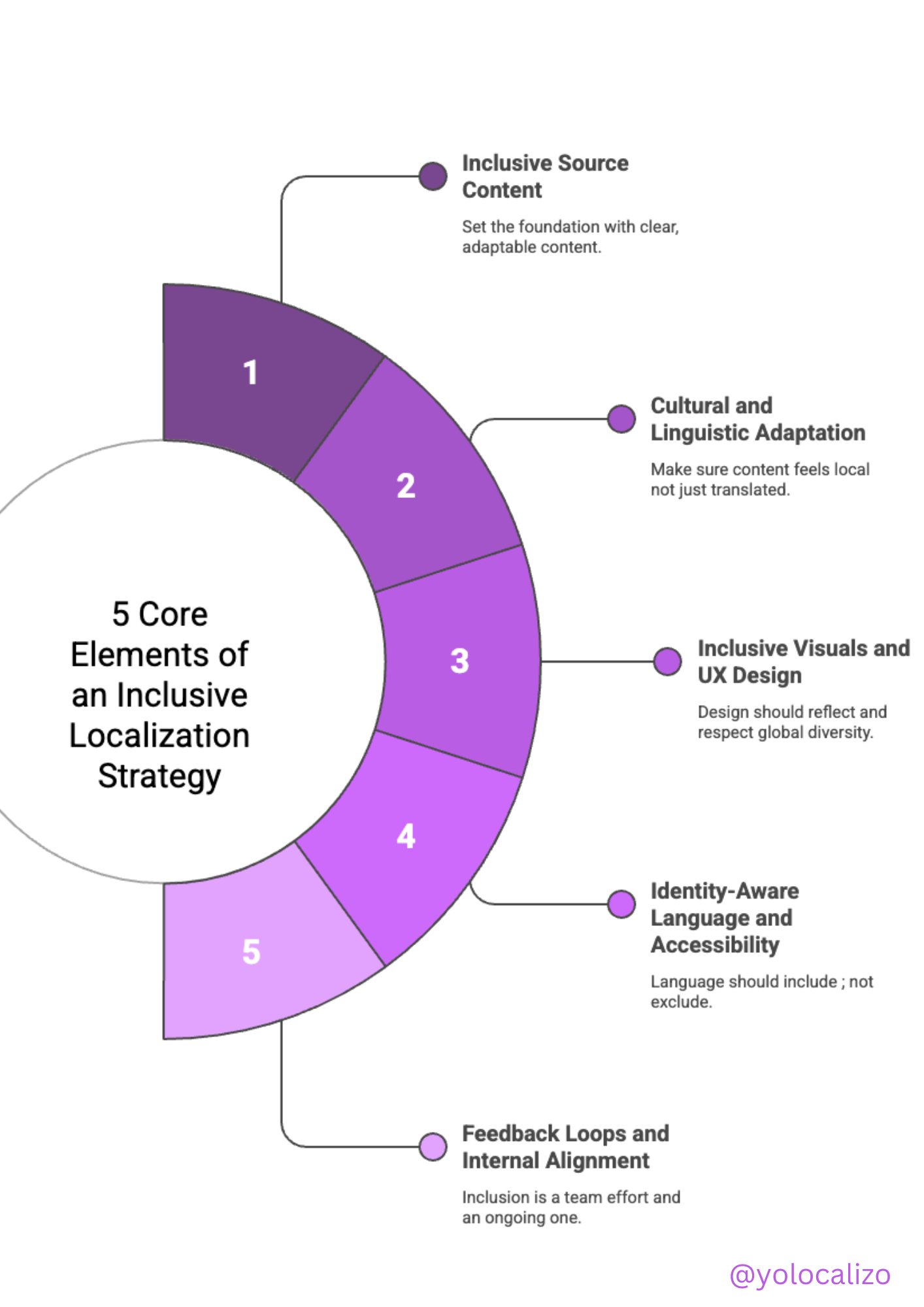5 Hats All Localization Managers Wear
The trilogy of The Lord of the Rings is one of my favorite trilogies. It has always fascinated me the huge and mythical world Tolkien created. I remember my teenage years devouring books and learning how the Hobbits, the Ents, Elves lived .... it seemed to me and (it still seems to me) a fascinating world. I still have movies that I bought a few years ago, and normally during Christmas during these last years I end up watching again at least one of them, and this Christmas could not be less!
My “treasure” … Lord of The Rings Collector Editions
Usually, I watch them in one of those quiet Christmas afternoons in which I am alone in the living room and little by little ...the tranquility ends, since after a while someone will pop up and sit down with me, sometimes it might be my wife coming by and comments, “but you are here again with the orcs? I don't know how you like to watch that movie .... how ugly they are!!”
Then it'll be my kids, my eldest son comes and he might say something like:
Has already thrown Frodo that the ring or still wandering from one place to another one with those hairy feet?
But the comment that inspired me in some way to write this post, was that of my little son,
What happens to that Gollum!?
He talks weird things and sometimes he seems good but sometimes bad, I don't understand why is that so?
Gollum Multiple Personalities - The Two Towers
The truth is that the character of Gollum with his multiple personalities is the one that one most attracts me of this saga; and I think that as Localization Managers of the industry, we must be a little Gollum in our day to day activities ☺️, this means that as Localization Manager we must also develop multiple personalities to carry out a good job and be effective.
In the business world, it is called wear different hats, the truth is that calling it that way sounds much better than saying that we behave like a Gollum! but the truth is that a Localization Manager has a job and a need to adapt somewhat peculiar. To be really effective they must adapt continuously and dynamically to the environment that they operate, we have heard many times, and is often seen in Job descriptions that the ideal employees include skills such as adaptability, flexibility, empathy ...
When I think about it, a good localization manager (or Localization Test Lead, or Globalization Manager or Team manager .. insert your title here🥳 ...) has a capacity of adaptation more impressive that the different personalities that Gollum reveals during the journey of the Fellowship of the Ring… and the truth it is that a Loc Manager is forced to have very different conversations depending on who he is dealing with.
Let's review the different conversations, the different hats that a Localization Manager must wear, the different Gollums that we can become!
The conversation with C- level executives
The conversation with this group of individuals is very peculiar. Quite stressful frequently as their needs and style usually take us out of our comfort zone and forces us to talk about issues in which normally a Loc Manager is less used to.
With this group of stakeholders, we should not focus our dialogue on issues of operations such as translation memories, terminology processes, etc, etc. That does not matter at this level. The conversation with the C-suite should not be of operation but of strategy; It must be around the idea of how a Globalization team can contribute to having an impact on the company's results. When we talk to a C-Suite we must focus our "speech" on areas and topics such as:
New markets to penetrate
The strategy for each market and
The Budget needed to deliver the Localization Strategy to enter those markets
It's helpful also to include C-Suite relevant Localization KPIs such as
The international market growth rate
Relative Market Share
Return on investment in Localization
Opportunity cost
Discuss and Map responsibilities of local offices versus central teams or HQ
Create a Globalization plan for 1-3 year growth.
Define High-level overview plan about comms such as local social media strategy, digital marketing channels, press releases, and communication plans in general
Provide plans about how we will help the company to comply with local country regulatory rules
Analyze in-house/outsourcing programs based on SWOT analysis
Brainstorm about Customer Support strategy (support hours, location, channels…)
And Discuss localize price strategy for target markets
In short, the conversation with the C-suite must be focused on strategy, business value, growth and impact of our team
The conversation with Directors / Product owners / Portfolio managers
This conversation is all about processes, deliverables, and timelines. This conversation should not be a high level like the one that happens with the C suite, but we must discuss more tangible aspects and objectives to deliver. When we talk with these stakeholders we must be prepared to talk about concepts such as:
Choose a pilot country to penetrate and test our product with early adopters (or buy “users” for those industries where such an approach is possible i.e gaming industry!)
Review competitor's plans/products and create a plan about how we will get ahead of those competitors.
Define a roadmap for the product to be launched
Agree on the Level of brand requirements.
Does the product need to be rebranded for the local market? Logos of the app, landing page of the website, etc
Define tier markets.
Which countries matter most?
Resources allocation
Risk contingency plans
Remember the conversation at this level is about processes, deliverables, and timelines.
The conversation with your Localization team
This may be the conversation that most loc managers are more comfortable having. Many localization managers have started in the industry as translators or Linguistic testers and this is why we in this conversation we talk about:
The process to align glossaries
TMS and architecture to use to push content
Implement internationalization best practices in the code
Term mining
Content priorities
Team Localization goals
Discuss evangelization workshops about Localization for internal stakeholders
Define style guides
Discuss how as SMEs our team will support multi-byte characters as well as bi-directional text and non-Latin alphabets such as Hebrew, Arabic, or Japanese
UX content creation guidelines
Define the LQA program and review automation possibilities
Discussion about localization production metrics
It is the conversation in which Localization Managers are most comfortable; And I think this makes sense as after all in this conversation we talk about how to localize, and all the members of our team share the same vocabulary, the jargon that is used at team level is understood and when you talk about internationalization or the dangers of concatenating strings nobody looks at you like a weirdo. Our tribe is here, and as a good tribe we are comfortable in it
The conversation with your Localization team focuses on execution, on ensuring that the quality delivered is correct.
The conversation with your linguistic service provider.
This conversation is with external partners; and it should be different, because the relationship with the vendor, even if it's great, will always be different from the one we have with an internal team; therefore for a different relationship, we need to hold a different conversation. The conversation with an LSPs will focus on aspects such as
KPIs about quality in the deliverables
The workflow to send the content to your vendors (and to receive it)
KPIs the on-time deliveries
Price discussion (word rates, hourly rate, LQA fees, PM fees ...)
Discuss options to build a Continuous Delivery framework
Review partnership agreements and SLA
Review forecast and future needs
Discuss areas of improvements
Discuss Machine Translation vendor services or other potential new services that the client might get implemented
The conversation with the vendor focuses on reviewing cost models, areas for improvement, new potential services and give heads - up about future workload.
The conversation with each of your direct reports in your Globalization team
This conversation is more intimate, usually, it'll happen in 1: 1s in which you can also discuss aspects such as those mentioned in conversation number 3, but frequently this conversation involves topics such as
Career plans
Areas of development
Understand how they are doing at the human level
Build empathy
Understand any impediment that you as the line manager might cleanout
This conversation is based on helping our direct report to discover a path, to identify actions, which allows them to be a better version of itself
Click HERE to download the infographic
This list with the different conversations may seem a bit daunting, but when you realize that you are likely wearing many of them on the same day, and people will want you to switch hats instantly, then it's not daunting anymore, it becomes downright scary ! !!
But, hey, no fear! The purpose of identifying the hats is to understand the different conversations you need to have so you can be more effective because you are more aware of what is needed at that moment.
Over to you!
Which hats do you wear?
Which G / Localization conversations are you having with your stakeholders?
Which hats are you most confident wearing?
Have a wonderful week and I wish you (and wish me you also!) success with all these different conversations we need to have to shine as Localization Strategic Partners !
@yolocalizo


















Before jumping on the AI bandwagon: What localization problem are you trying to solve? AI is everywhere right now, including in localization.
But before jumping on the bandwagon, we need to stop and ask:
Are we solving the right problem?